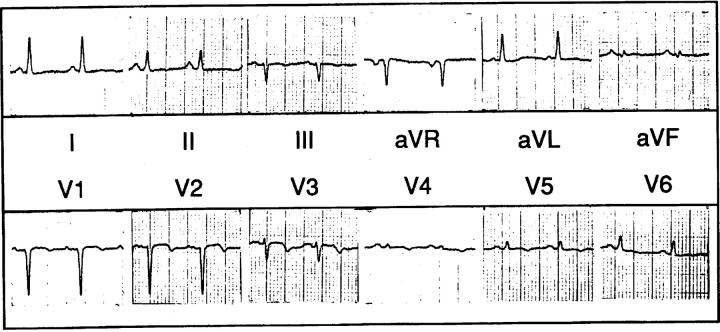Abstract
Coagulation is triggered during the onset of myocardial infarction, resulting in vascular occlusion. However, a causal role for individual haemostatic factors in the development of thrombotic occlusion is not established. Three cases (all relatively young women) are reported of raised factor VIII associated with myocardial infarction. Two patients presented acutely with myocardial infarction at a relatively young age with no preceding history of angina. The other patient had had venous thrombosis when young and activated protein C resistance (APCR), without the presence of factor V Leiden. A functional relation exists between APCR and factor VIII; therefore, raised factor VIII may contribute to APCR and the increased thrombotic risk in patients without factor V Leiden. Factor VIII is an important risk factor for atherothrombotic events, including sudden death, in patients with vascular disease. These cases support the association of raised factor VIII with acute thrombotic events, even in patients without significant underlying atheromatous disease. Keywords: factor VIII; thrombosis; myocardial infarction; activated protein C resistance
Full Text
The Full Text of this article is available as a PDF (89.0 KB).
Figure 1 .
ECG from case 1 showing severely reduced R wave amplitude and T wave inversion in the precordial leads, consistent with previous anterior myocardial infarction.
Figure 2 .
(A) ECG from case 3 recorded two hours after the onset of chest pain showing elevation in the anteroseptal and anterolateral leads, ST segment depression in the inferior leads, and Q waves. (B) Angiogram showing proximal occlusion of the circumflex artery (arrowed) and proximal occlusion of a branch of the diagonal branch of the left anterior descending coronary artery (arrowed).




